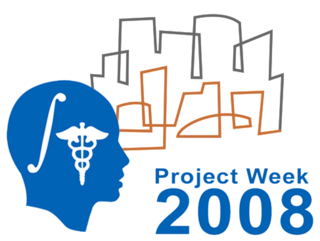Difference between revisions of "NA-MIC/Projects/Collaboration/SBIA UPenn"
From NAMIC Wiki
| Line 38: | Line 38: | ||
*Need help with: | *Need help with: | ||
1. General representation for registration in ITK | 1. General representation for registration in ITK | ||
| + | |||
2. Code for Demons DTI registration for comparison | 2. Code for Demons DTI registration for comparison | ||
| + | |||
3. Visualization: tensor glyphs and ODFs | 3. Visualization: tensor glyphs and ODFs | ||
Revision as of 03:30, 18 June 2008
Home < NA-MIC < Projects < Collaboration < SBIA UPenn Return to Project Week Main Page |
Key Investigators
- Ragini Verma, SBIA, UPenn <Ragini.Verma@uphs.upenn.edu>
- Christos Davatzikos
- Yang Li <Yang.Li@uphs.upenn.edu>
- Luke Bloy <lbloy@seas.upenn.edu>
Objective
To incorporate into Slicer, processing and analysis methods for DTI and HARDI being developed at the Section of Biomedical Image Analysis (SBIA), UPenn [1]. The main components will be plugins for DTI registration and manifold-based statistics followed by methods for HARDI registration and statistics.
Approach, Plan
- DTI registration: has been developed in SBIA over a period of 2 years, mainly using in-house code (not in ITK). This will be incorporated as a plugin.
- DTI Statistics: SPM-like package for statistics on the full tensor. The proposed format is again a plugin as it is based on code already existing in SBIA in C, C++.
- HARDI registration: This is being developed in ITK, building on HARDI representation format currently under development
- HARDI statistics: being developed in ITK
Progress
- DTI Registration: plugin is ready and will be demonstrated
To do: Replace the affine registration component, help file, speed, version control
- Need help with:
1. General representation for registration in ITK
2. Code for Demons DTI registration for comparison
3. Visualization: tensor glyphs and ODFs